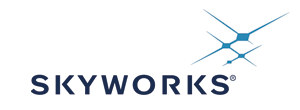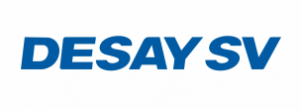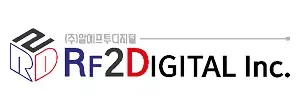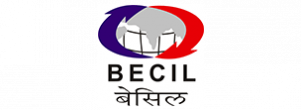There is a global trend towards the adoption of digital technology in radio and communications, especially for distribution and transmission. Digitalisation offers many substantial advantages to national and international broadcasters and ‘infocasters’.
We are now seeing the introduction of high quality digital delivery system in homes. Although FM sound broadcasting is gradually moving to a DAB standard in Band III, the possibilities for extending coverage in the FM Band (88-108 MHz) remains limited. For many national and international broadcasters, the advantages of a complementary digital broadcast system below 30 MHz are becoming clear. However, the limited fidelity of existing AM services is causing listeners to search for other alternatives.
Implementation of digital radio in today’s AM bands (i.e. long, medium and shortwave) will enable operators to provide services which will be successful with both existing and future high-quality services operating on other parts of the dial. Digital broadcasting on short-, medium-, or long wave (AM) has many advantages when compared to the conventional analogue system we use now.
DRM+ has a narrow bandwidth that provides an ideal ‘digital’ solution for those regional and local broadcasters for whom a broadband-shared multiplex is not suitable. The coverage can be tailored to the individual broadcasting station requirements and there are no complex and potentially expensive multiplex agreements to negotiate. Furthermore, the high commonality with the existing DRM standard allows easy and fast equipment implementation. It is therefore a flexible solution allowing single or small numbers of audio services to be broadcast together.
The introduction of DRM services allows a broadcaster to provide listeners with significant improvements in service reliability, audio quality and, most importantly, usability. By usability we mean those features that enhance the listener experience, as outlined below.
The DRM standard provides many features and facilities that are impossible to replicate in analogue broadcasting. It is essential that prospective broadcasters understand the potential and flexibility of the system in order to allow them to optimise and configure their DRM networks in accordance with their particular market conditions.
From a technical perspective, a key and revolutionary feature of DRM is the ability to select from a range of transmission modes. This allows the broadcasters to balance or exchange bit-rate capacity, signal robustness, transmission power and coverage. What’s more, it is possible to do this dynamically, in response to any local changes in the environment, without disturbing the audience. A classic problem that can be mitigated by this feature is dealing with night-time sky-wave interference in the AM bands.
Furthermore, DRM is the only digital radio system that embraces all the currently used radio frequency bands; it provides an ideal replacement for existing analogue services as well as complementing existing digital services such as DAB.
From a commercial perspective, there is no demand from audiences to ‘consume’ digital services for their own sake. It is essential therefore that the audience is presented both with receivers at prices it is prepared to pay and, more importantly, an attractive package of benefits:
- The availability of a wider range of services,
- Easier tuning and selection of programming – e.g. automatic switching between different transmitters or electronic programme guides.
- Improved formats such as stereo in the ‘AM bands’ and surround-sound in cars,
- Improved and more consistent sound quality
- Programme-associated data, textual content description or even independent services such as traffic information
The importance of quality content, while outside the scope of this guide, cannot be stressed too highly.


